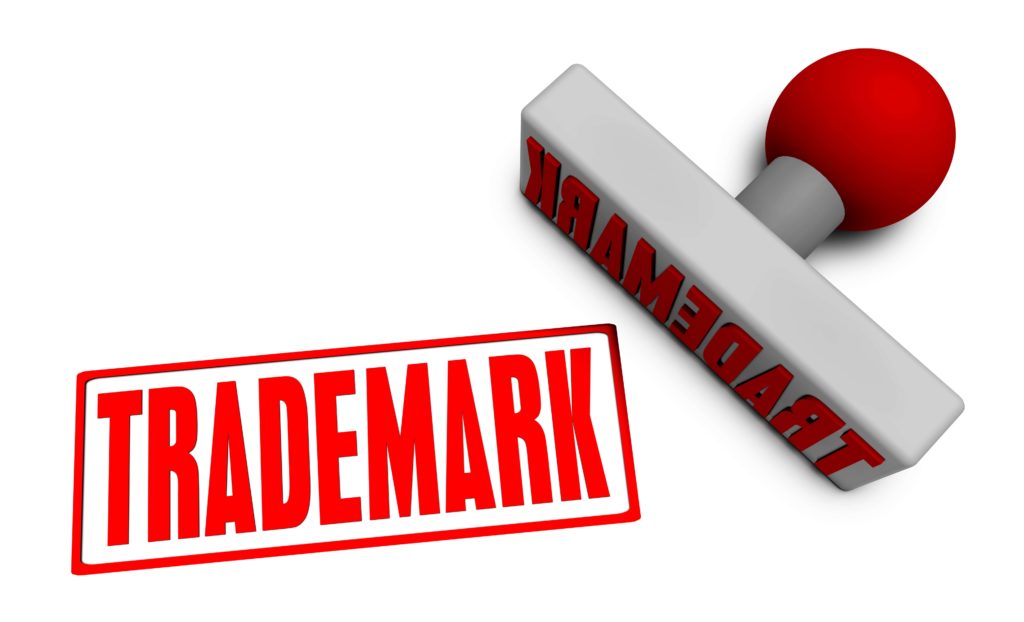Overview of Trademark
Trademark is usually referred to a brand, logo, names, symbols, devices or words/phrase related to products, sign, design or expression or combination thereof. It’s a way to notify the general public the registrant’s right of ownership of the mark and to indicate the public the aim of distinguishing the product from that of other similar companies/products in the market. In simple words, it’s like a visiting card which promotes the image of the company and the range of Goods and services
Trademark gives the owner, an exclusive right to prevent others from using the mark for similar products which might confuse the general public, but does not mean that it prevents others from selling similar goods with a different mark.
When someone claims that his/her product/brand is trademarked, he/she is allowed to use the mark “TM” on the upper right corner or bottom right corner of the word, phrase, etc. Generally, the word “TM” is superscript or subscript.
Unlike Trademark, a Service mark is for branding service rather than a product.
A Trademark or a Service mark owner can be an individual, a business organization, or any legal entity.
The symbol “®” indicates federal registration and is used only after the PTO registers the mark. In other words, the symbol “®” should not be applied when the application is pending with the PTO.
The law for trademark seems to have emerged in the early 19th century. The first trademark system in the world was passed in France in the year 1857 with the act “Manufacture and Goods Mark Act,” in Britain, the Merchandise Marks Act 1862. In the year 1875, the Trade Marks Registration Act was formally brought into existence in the UK patent office.
In the United States, the first federal trademark regime was in the year 1870. The supreme court put a hold on this statute. After a decade in the year 1881, the government passed a new act, which was later modified in 1905. The government made many amendments to the existing act and introduced the Lanham Act of 1946.
Advantages of Registering a Trademark
- It gives a nation-wide protection to the company or an individual, which is a most valuable asset
- It eliminates the chances for others to claim the Trademark as their mark provided you register and claimed first.
- It provides a conclusive evidence on the validity of the marks.
- It can become the basis for obtaining registration in foreign countries
A good Trademark should have at least the following qualities
- Should be easy to pronounce
- Should be easy to spell
- Should be easy to remember
- It should not be descriptive
- Praising words like “best, perfect, excellent. etc.,” should be avoided
- Should be distinctive
- Should not be misleading
Term for Trademarks
Federal Trademarks can be valid for ten years with ten years of the renewal term, provided the holder of the trademark continues to use it. USPTO mandates the Trademark holder to file an affidavit after 5 or 6 years of registration, that the mark is in use, failing which the registration is cancelled. USPTO does not send any reminder to the holder to file an affidavit; it is the duty of the owner to file it if he/she or the firm/organization wants to enjoy the benefits of Trademark registration.
When is a Trademark said to be infringing?
A Trademark is said to be infringing if someone uses a mark which is identical or confusingly similar to the one which already exists in the market. It’s a violation of exclusive rights owned by the owner of registered Trademark, without the authorized use or taking licenses.
Passing off is a law of tort for enforcing unregistered trademark rights. It prevents an individual/firm/organization from falsely representing their goods or services as that of others.
With the increasing number of filings in Trademark offices YoY, it is advisable to perform a Trademark search by a reliable service provider before filing and follow dos and don’ts, to have a strong TM and avoid any infringement issues.
Contact us for any more details. We are Happy to Asssist in this

